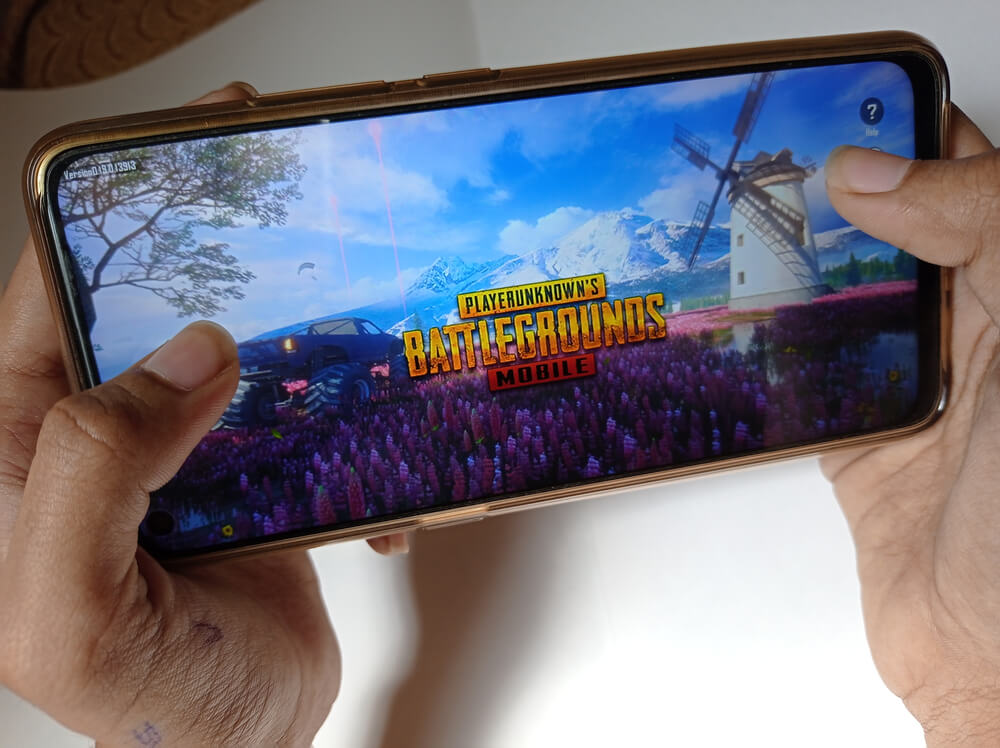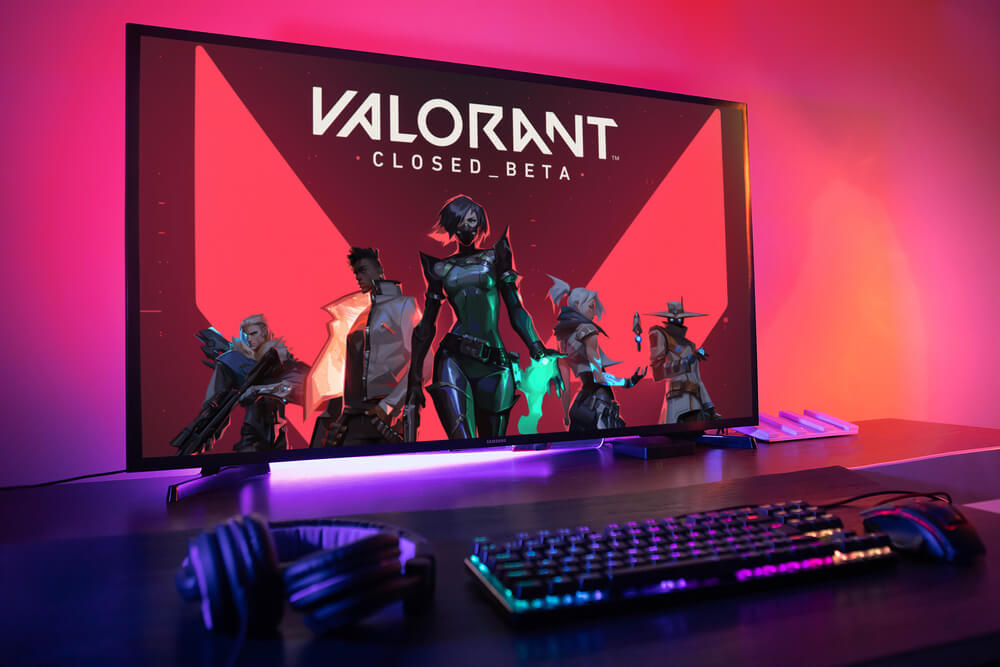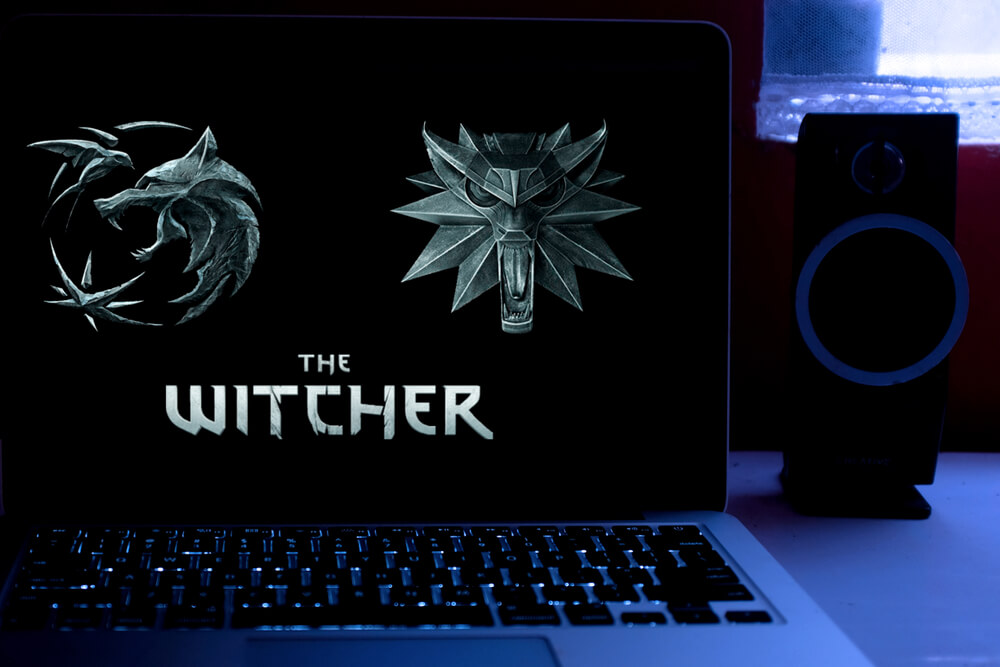Legends of Runeterra. Game Review and a New Patch
In October 2019, Riot Games announced several new projects at once, including the Legends of Runeterra collectible card game. It became the game, the release version of which appeared before all others. At a cursory glance from the side, it seems that this is another copy of Hearthstone ‒ only if they took heroes and creatures from the WarCraft universe, then here they are borrowed from League of Legends. There are not even some conspicuous features like three tables, as in Artifact. However, the novelty boasts several interesting ideas, thanks to which its gameplay seems fresh against the background of competitors.
New ideas
The basic mechanics are the same as everywhere else: two players participate in the match, each has a base (nexus) with 20 health units and a deck of 40 cards. In each round, one participant becomes an attacker, and the other defends, after which they switch places and receive an additional mana point ‒ up to ten. The player whose nexus is destroyed earlier loses ‒ the damage goes through it if the attacking creatures are not blocked by anyone.
One of the main features of Legends of Runeterra is that it does not punish you for not spending all your mana, but rather rewards you for it. In addition to the main mana, there is a reserve one, only three cells, and as soon as you complete a round, leaving at least one unit of mana unused, it automatically goes to the adjacent scale. You can spend the accumulated bonus exclusively on spells, but even this is enough for you to think about your actions in a completely different way than in the same Hearthstone.
For example, you start a match with an unsuccessful hand ‒ you don’t have a single creature for 1 mana. Pass, the next round begins, and you have not 2, but 3 mana ‒ two main and one reserve. You can use a spell for 3 mana already on the second turn and catch up with your opponent, who is slowly starting to build an army. At later stages, you also constantly remember about this “chip”: if you thoughtlessly throw a cheap creature on the table for 1 mana, in the next round you will not be able to play an expensive monster and at the same time activate some kind of spell.
Another original idea is connected to champions who, when certain conditions are met, can transform into stronger versions of themselves. To upgrade the card “Fiora”, you need to defeat two enemies, and in such a case, its characteristics will grow from 3/3 to 4/4 plus a new rule will appear ‒ if this character kills four enemies, the match ends. Or it can be “Ash” ‒ if during the match a player froze five enemy creatures, instead of 5/3 it becomes 6/4, and also deprives frozen opponents of the opportunity to block attacks. And as soon as the opponent’s nexus reaches 10 health points, “Darius” from a 6/5 fighter turns into a dangerous 10/5 creature.
It makes the most sense to build your decks around your preferred characters. That is, if you like Ash and the idea of freezing, you should pay attention to the corresponding cards. Or take “Yasuo” ‒ to make it cooler, you need to stun or return to your hand at least five creatures, after which it will strike at each stunned fighter. Of course, not all champions are equally good, and experimenting with them is sometimes problematic (about the difficulties associated with monetization below), but the idea is certainly great and will get even more development with the upcoming updates.
Game mechanics
As already stated, there is always an attacker and a defender in Legends of Runeterra. But this is not Hearthstone, where during the defense you are forced to follow the actions of your opponent and cannot do anything. Here everyone makes moves one after the other: the first one summons a creature, then another, then the first uses magic, after him the second one.
Only when the attacker places his minions on the table, the second player have few options ‒ he can either use the spell or immediately place creatures for defense. The number of minions of the attacker and the defender must be equal.
The cards are full of all kinds of features. If the minion has the “Select the enemy” skill, then you can decide which enemy creature will defend against it. Of course, against a 2/1 monster, they will prefer to put up a 2/3 card so that it survives, and you take and draw a valuable 5/2 minion onto the table ‒ and your opponent cannot do anything. Except that his health can be increased by magic, but such an opportunity is far from always there. Cards with the “Intimidate” skill can only block creatures with an attack rate of 3 or more, and minions with “Evil” are only opposed by those with the same ability.
Spells are divided into fast and slow ‒ the opponent can react to the second by defending the attacked minion.
There are countless opportunities, and with the advent of the release version (and with the release of the patch that added a new region and 120 cards), the skills have become even more numerous. It is unlikely that you will be able to remember everything right away, but this is not necessary ‒ if you right-click on the card during the match, it will be shown full screen, and you can point the cursor at all the words and various kinds of icons highlighted in a special color to read a short help.
There is one nuance
Like any card game (other than Artifact), Legends of Runeterra is free. Fortunately, there are no loot boxes in the usual sense. At the very beginning, the player is given three decent decks with which you can easily achieve success in quick matches and at low ranks. You can get new cards simply by playing the game, completing daily quests, and winning ‒ for this you gain experience and unlock capsules and chests containing various kinds of prizes. All of them are distributed over seven regions. You may choose the one you want, get experience and as the scale fills up, you win more and more cards.
However, here they give out not only ordinary cards that immediately allow you to mix into the deck but also crazy ones ‒ these are kind of “clean” cards needed to be exchanged for the desired ones (like jokers in MTG Arena). For example, you want some specific epic card ‒ you don’t need, as in Hearthstone, to buy 50 packs in the hope of getting it or create it from the collected dust. Just take a crazy epic card and exchange it for what you like. There is another option ‒ to pay with shards, which are also prizes in the regions. At the very least, you can pay real money, but it’s hardly worth it.
Even if the nexus has one “life”, the hope of victory remains.
Champions, around whom you want to build a deck sparkling with synergy, will not work quickly, but this can hardly be considered a significant drawback ‒ logically, the purchase of the most valuable cards will have to be considered more than once. Crazy cards fall out for them, there are also enough fragments to buy them. Besides, there is a weekly chest, the quality of which improves depending on how much experience you earned between Tuesday and Tuesday ‒ and crazy cards can be useful, and there are plenty of shards. But you need to do “daily” and play in PvP, otherwise, the prize will be worse.
In addition to the usual PvP, there is an “Expedition” mode ‒ an analog of the arena from Hearthstone. Only here everything is made much more interesting because you do not just choose 30 random cards, but build a deck in stages. First, you take two champions, then you are offered cards from different regions, most often associated with the taken heroes. Then they allow you to change one of the cards for the proposed one ‒ this option appears after each victory. And defeat in the match does not mean the end ‒ at every stage (except the last) you can lose, then win against the next opponent and continue the match.
Building synergies in Expeditions is much easier than in Hearthstone. For example, I once got a powerful deck with interesting combinations. Specifically, I took two “Insightful Investigators” who, when playing cards worth 2, draw fleeting cards. They are copies of cards in the deck that disappear at the end of the round. I had to pull until later stages, hold valuable cards in my hand, then use combos and scare opponents with a bunch of creatures and spells. There are plenty of other examples too, including those related to champions, but all players will surely have their own funny stories.
New Patch
Recently, patch 1.10 was released, which introduced some changes and also fixed bugs in the large patch 1.8 Call of the Mountain. The Call of the Mountain Expansion includes a new Targon Region, as well as 89 collectible cards, 7 champions, and a host of new materials and mechanics. The “Laboratory” now has the “Targon” mode, in which players can choose pre-created decks with a new region. Balancing changes have also been made to the Fury of Sejuani North, Trifarian Inspector, Sewer Digger, and Zaun Ragged Maps. Of course, not without new cosmetic items.
“The Call of the Mountain Expansion is not only an amazing opportunity to explore new territories from the world of League of Legends, but also a significant update to the gameplay of Legends of Runeterra. Players will get even more varied tools to create new strategies. We hope they will love Targon as they start building new decks and improving old ones,” said Sean Maine, producer of Call of the Mountain.
Riot Games released Update 1.10 three weeks after Call of the Mountain, rather than two weeks (as it should have been on a regular schedule) as it gave them more time to adjust the balance after the expansion was released. However, this time is still not enough to collect data on all the innovations, so in another two weeks, the balance will be adjusted again in update 1.11. During these two weeks, they will be able to see and test more, so that they can then focus on the changes in Targon.
It is difficult to say that Riot Games was very surprised or impressed by the new product. Yes, something that seemed not very convenient in other card games has been tidied up and presented more pleasantly. And the basic mechanics do not seem to be a new word in the genre ‒ some of them have been invented a long time ago. However, innovations like champions and reserve mana for spells, as well as the absence of loot boxes and the ability to get the desired cards without the hope of chance, make the gameplay more fun, and most matches are more intense due to atypical gameplay elements for the genre. Everything seems to be simple, but so cute and tasteful that it’s hard to come off, and this is the most important thing for a new card game.
Advantages:
- the mechanics of reserve mana spent on spells forces a new approach to the use of cards during the match;
- thanks to champions with unique abilities, it is possible to create decks with interesting synergies;
- well-thought-out “Expedition” mode, in which random cards are not so random;
- cute visual effects and card design;
- lack of packs, loot boxes, and other abominations ‒ the exchange of crazy cards seems to be a more adequate idea;
- decent starting decks and tons of free card opportunities.
Disadvantages:
• choose champions to unlock carefully ‒ their price is quite high.
Conclusion:
Graphics Cute styling, cool drawn effects, and beautiful card art ‒ nothing else is required.
Sound
Would anyone be playing this without their music or podcast in the background?
Single Player
There is no Hearthstone adventure, you can only play against bots alone. If you need to quickly complete a “daily quest” with a stupid deck, it’s better to fight them than in PvP.
Multiplayer
Quick Matches, Ranked Mode and Expeditions are enough. Matches are searched instantly no matter what you want to play.
The overall impression of Legends of Runeterra will not change your idea of card games, but fans of the genre will surely like it. It does not suck money, does not tire with incomprehensible mechanics, and all the innovations presented in it look appropriate and make the gameplay exciting, even if such entertainments are boring.


